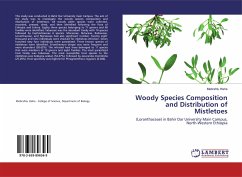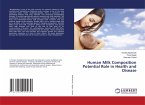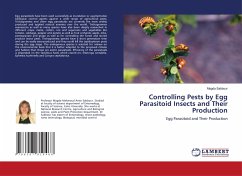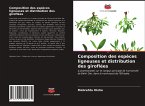This study was conducted in Bahir Dar University main Campus. The aim of the study was to investigate the woody species composition and distribution of mistletoes. All woody plant species were collected, recorded, pressed, dried, and then identified following the flora of Ethiopia and Eritrea. Eighty three species belonging to 71 genera and 40 families were identified. Fabaceae was the abundant family with 14 species followed by Euphorbiaceae 6 species. Moraceae, Rutaceae, Rubiaceae, Loranthaceae, and Myrtaceae had also significant number. Twenty eight thousand and nine individuals were checked for mistletoes infection. Seven hundred sixty four individuals were parasitized. Three known species of mistletoes were identified. Erianthemum dregei was more frequent and more abundant (58.62%). The infested host trees belonged to 11 species that were members of 10 genera and eight families. The most parasitized host family was Fabaceae. The most susceptible host species to the mistletoes was Sesbania sesban (54.47%), followed by Jacaranda momisfolia (25.26%). Host specificity was highest for Phragmenthera regularis (0.046).
Bitte wählen Sie Ihr Anliegen aus.
Rechnungen
Retourenschein anfordern
Bestellstatus
Storno








